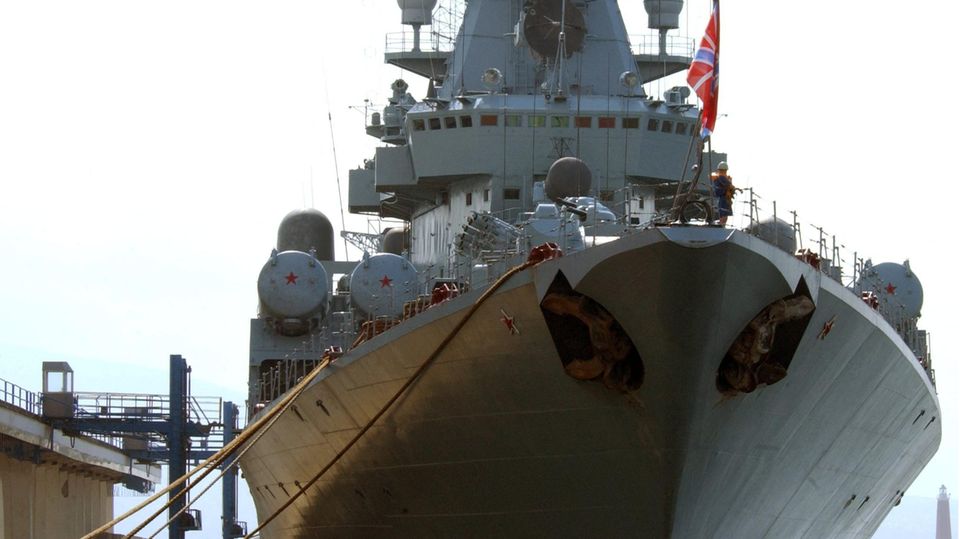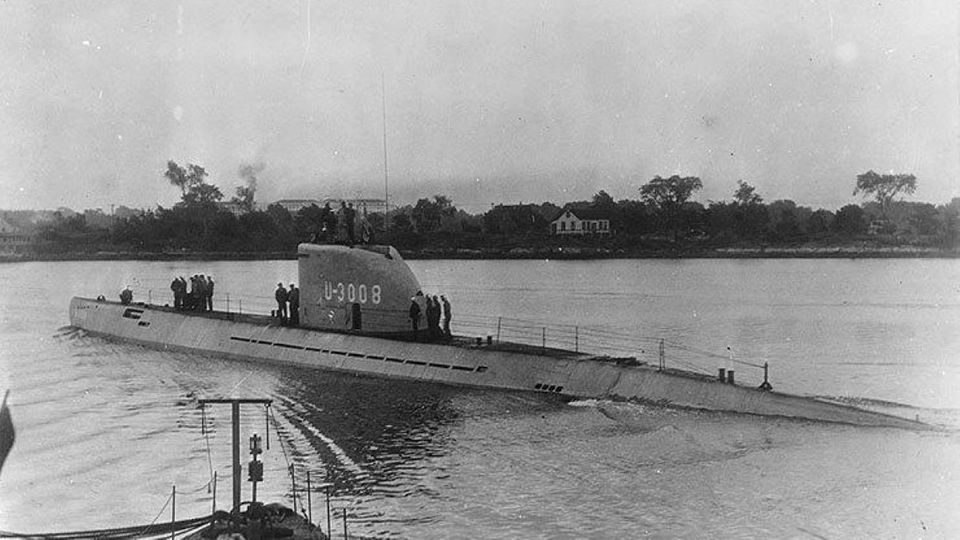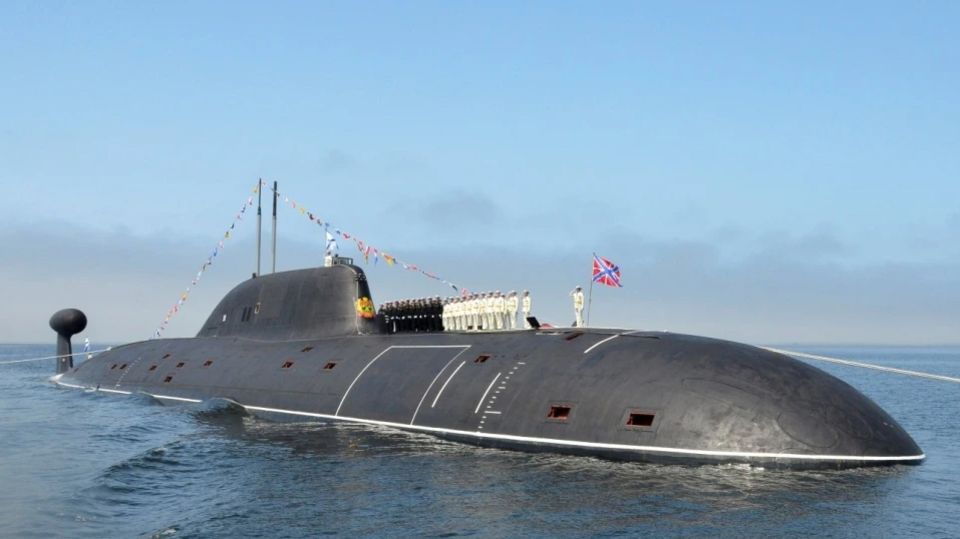analysis
War in Ukraine
Sinking of the “Ivanovets”: Ukrainian naval drones destroy Russian missile corvette
Watch the video: Ukraine releases footage – video supposedly shows attack on Russian warship.
Video source: n-tv.de
For the first time, naval drones not only damaged a warship, but also sank it. The “Ivanovets” had no chance when it was attacked by five small drones. In the future, other countries will also use the deadly mini-boats.
For the first time, Ukrainian naval drones have managed not only to damage a ship, but to completely destroy it. The special thing about the attack is the planning and execution. The Ukrainian boats dominated the battle; the Russian missile corvette had no chance.
The target was the “Ivanovets”, a Tarantul-class boat (Project 12411). This form of small missile boat is a Russian-Soviet specialty. The ship is only 50 meters long and displaces around 500 tons, but moves very quickly and can reach 42 knots or 78 km/h. The main armament is P-270 Mosquito anti-ship missiles. The NATO designation is SS-N-22 Sunburn.
The missiles range up to 160 kilometers and carry a warhead weighing 300 kilograms. This means that the small corvette also becomes a threat to large ships. The Tarantul class is a kind of modern torpedo boat on steroids. But because Ukraine has lost its surface ships, the boat with its original operational profile is currently useless.
Unrecognized approach
The Ukrainians managed to approach the Black Sea Fleet’s Donuzlav base unnoticed with six Magura V naval drones. Initial reports assumed that the drones were able to penetrate the shielded lagoon. It is now said that the “Ivanovets” was not behind the barriers and that it secured the entrance itself. In any case, it seems certain that the drones were not detected by any sensors. Apparently the crew of the “Ivanovets” spotted the drones at a short distance. Too late, the rocket boat was moving, but it could no longer accelerate sufficiently. With its high top speed, it would have left the drone boats behind, but would also have allowed entry into the lagoon.
Practically defenseless
It looks like only the guard on board intervened with machine guns. Hard to say whether the Russians were able to hit the drones. Either way, machine gun fire would have damaged the boats, but could hardly have prevented an impact. On board the “Ivanovets there were also two automatic cannons for close air defense. The AK-630 is a Gatling cannon with rotating barrels in 30 millimeter caliber. It would certainly have torn the drones apart if they had been detected as a target. A similar thing A few days ago, the US system, the Mark 15 Phalanx, was able to shoot down a Houthi missile. At least one gunner is said to have fired, but the radar was probably unable to detect the small drone.
According to Ukrainian information, two drones initially attacked the steering systems on both sides of the ship. After that, the ship was unable to maneuver and was an easy target. In the next step, another, the third drone is said to have hit the “Ivanovets” amidships. The fourth hit, also in the middle, caused the heavy Sunburn rockets to explode. The missile boat was literally torn apart.
What is striking is how many boats the Ukrainians had sent to their target. This way they could be sure that they would not only damage the enemy, but completely destroy them. In a command operation like this, it must always be expected that individual drones will fail. At the same time, with a higher number of drones, the likelihood of being discovered increases. The operation was allegedly coordinated with the help of satellites, i.e. with the direct help of the Western allies.
David versus Goliath
In any case, the operation can be seen as a psychological triumph for Ukraine, also because success without its own losses is rare in this war. However, the loss of the small missile boat is not decisive for the war. Since Ukraine no longer has a significant navy, Putin’s fleet can have little effect anyway. And even if Putin’s ships currently have no operational purpose, they remain valuable military targets and any loss reduces Russia’s military potential. Kiev has a structural advantage here and benefits from a David versus Goliath constellation.
The corvette’s helplessness remains striking when it is used as a guard – as happened here. The small naval drones, which barely protrude from the water, clearly cannot be effectively combated by an unstabilized machine gun deployed on a rocking boat, and the 76-millimeter gun and massive anti-ship missiles are therefore useless against targets of this type. And the powerful machine cannons are of little use at night if they work “blindly” without targeting.
In the Ukrainian war, Kiev is benefiting one-sidedly from the successes of the new naval drones. In the West, however, the cheering should still be muted. What Kiev is achieving is not unattainable for Russia, Iran or North Korea. Ultimately, every country with a defense industry is able to build these drones. The power of the USA is based on dominance at sea, on the fleet. Cheap innovations that affect even large ships could threaten the United States’ global power projection. It would be entirely conceivable that Houthi drones could soon threaten US warships in the Red Sea.






